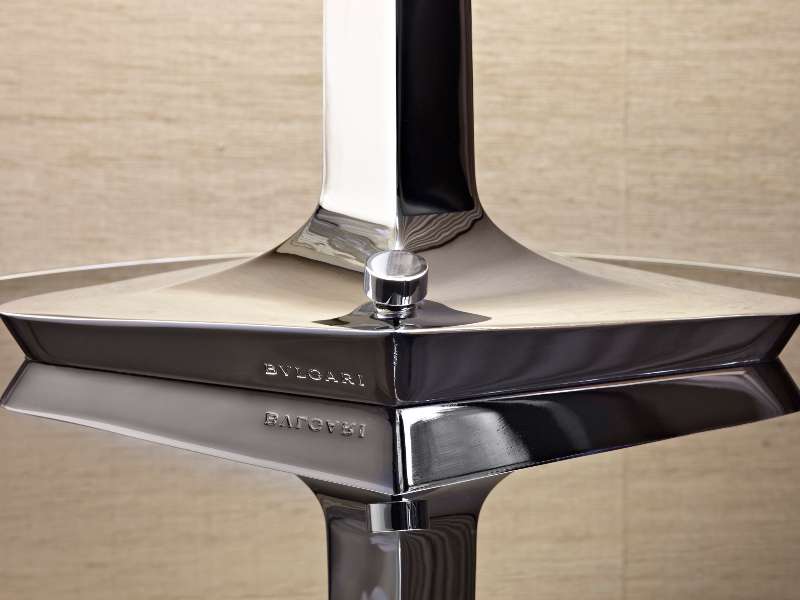Вертолетный тур
Круиз по Темзе
Для всей семьи
Уличное искусство в Лондоне
Гастрономический тур по Лондону
Рок-н-ролльный тур по Лондону
Консьерж для собак
Эксклюзивные спецпредложения
Фотогалерея
Что нового
An Emperor's Jewel
Наши подарки
О Bvlgari

.jpg/jcr%3Acontent)
































